Many people know about the McKenzie Method of physical therapy and exercise for back pain or neck pain, but aren’t sure exactly what the goals of the program are and what the exercises entail.
What to Consider Before Starting Exercises for Neck Pain
A common perception is that the McKenzie approach comprises a set of exercises that people can do on their own. While this is true, the McKenzie Method is really an overall program of assessment, treatment and prevention strategies (including exercise) that are usually best learned with a physical therapist who is trained in the method.
How a Physical Therapist Can Help with Exercise
Overall Goals for Healing from Back Problems that Cause Pain
The McKenzie Method was developed in the 1960s by Robin McKenzie, a physical therapist in New Zealand. In his practice, he noted that extending the spine could provide significant pain relief to certain patients and allow them to return to their normal daily activities.
With the McKenzie approach, physical therapy and exercise used to extend the spine can help “centralize” the patient’s pain by moving it away from the extremities (leg or arm) to the back. Back pain is usually better tolerated than leg pain or arm pain, and the theory of the approach is that centralizing the pain allows the source of the pain to be treated rather than the symptoms.
A central tenet of the McKenzie Method is that self-healing and self-treatment are important for the patient’s pain relief and rehabilitation. No passive modalities – such as heat, cold, ultrasound, medicine, or needles – are used in the treatment.
The long-term goal of the McKenzie Method is to teach patients suffering from neck pain and/or back pain how to treat themselves and manage their own pain for life using exercise and other strategies. Other goals include:
- Reduce pain quickly
- Return to normal functioning in daily activities
- Minimize the risk of recurring pain (avoid painful postures and movements)
- Minimize the number of return visits to the spine specialist
The movement of pain from the extremities to the back will not occur with all patients. The McKenzie Method is designed to help patients where the pain does “centralize.” Also, for some patients, such as those with lumbar spinal stenosis or facet joint osteoarthritis, extending the spine may actually increase their pain.
Practitioners who use this approach emphasize that the McKenzie Method is a specific approach to spinal problems, not only a set of exercises for back pain. While there are specific exercises a McKenzie trained practitioner may use, the method also includes the overall philosophy and some special procedures:
- Initial assessment procedures
- Treatment for back problems (self-help and special procedures, if indicated)
- Prevention strategies for back problems
The method itself centers on the classification of spinal disorders or conditions based on symptoms and responses to specific initial assessment procedures. Based on the classification, the patient is instructed on specific exercises to gradually centralize or abolish the pain. The classifications include:
- Postural syndromes – back pain caused by continued stress of soft tissues while maintaining certain postures or positions.
- Derangement syndromes – back pain caused by a change in position of the vertebrae enclosing a disc due to repositioning of the fluid nucleus of the disc; pain will change with repeated motion.
- Dysfunction syndromes – intermittent back pain and limited movement caused by the presence of scar tissue in a shortened state; back pain occurs when these tissues are stressed.
- For more details, see McKenzie Therapy Classifications
McKenzie Institute International for Back Pain
An organization was formed in 1982 by physical therapists in New Zealand who were using this approach to treat patients. The International headquarters is in New Zealand. The organization has branches in 26 countries throughout the world. Each branch provides courses to teach practitioners “The McKenzie Method of Mechanical Diagnosis and Therapy.”
The founder, Robin McKenzie, has written a number of books on the self-help approach to treatment of back pain. Recently he has written a book on the treatment of extremity problems.
If you decide to pursue this approach, most spine specialists will suggest that you visit a physical therapist that is trained in this approach. The McKenzie Institute International has a program of certification and a diploma program, and has an online listing of credentialed and diploma practitioners around the world.
